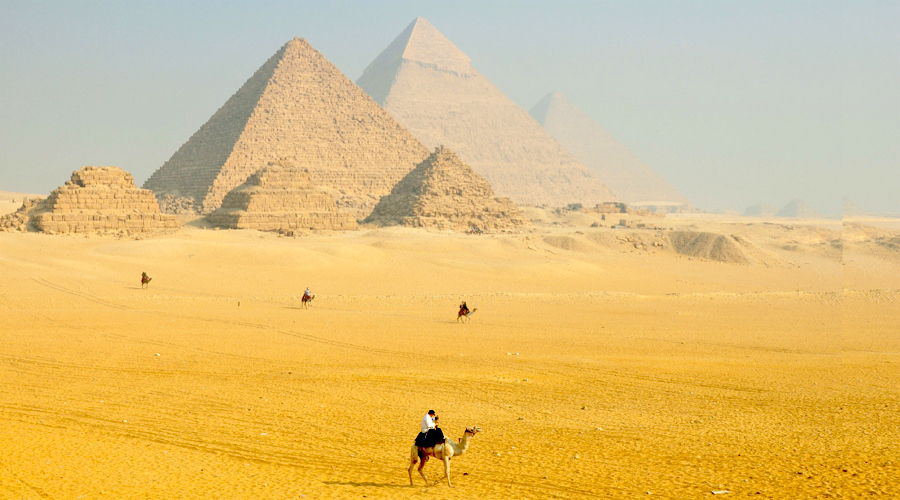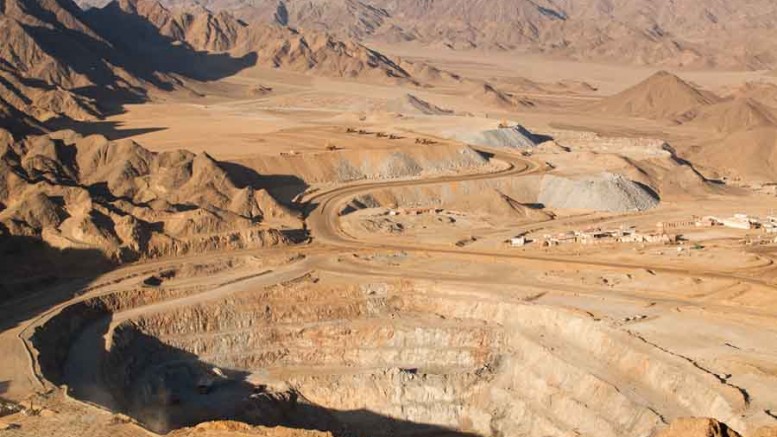Egypt ancient gold mines offer clues on country's untapped vast mineral deposits


Ancient miners lacked modern tools, which means that important amounts of gold, silver and other valuable minerals are very likely to still lie beneath the surface, including a few unknown to them such as platinum and palladium. (Image via Pixabay)
Egypt's ancient gold mines are guiding modern miners towards a vast amount of minerals deposits, worth hundreds of billions of dollars, the country is said to be sitting on.
At least that is what Alexander Nubia (CVE:AAN), one of two publicly traded gold mining firms active in Egypt, believes. For over five years, the Canada-based explorer has been developing gold resources in the country's Eastern Desert.
"Using modern mining techniques and technology, we hope to recover a lot of the gold that [the Roman and Egyptian civilizations] missed, because they were unable to mine it and process it," chief executive Mark Campbell told CNN.
And he is not the only one who believes there is value in finding the location of Egypt's ancient mines for clues on where to drill next.
Egypt's potential mining wealth has been largely ignored since president Gamal Abdel Nasser nationalized much of the country's industry in 1961 and 1962.Paul Jones, CEO of Nuinsco, a Canadian explorer that left the country during the 2011 uprising, says Egypt's mining potential is huge. In a recent interview with Reuters, he likened the country's mineral-rich Nubian shield rock formation that straddles the Red Sea to the Canadian shield of a century ago. This, he said, before it "developed the northern part of Quebec and Ontario with tens of millions of ounces of gold, and billions of pounds of copper, zinc, and lead."
Dormant sector for over 55 years
Egypt's hidden mining wealth has been largely ignored since president Gamal Abdel Nasser nationalized much of the country's industry in 1961 and 1962, which prompted the bulk of geological talent - both local and foreign - to flee.


Egypt's only operating gold mine, Sukari, is located about 700 km from Cairo. (Image courtesy of Centamin)
Since then, Abdel Nasser's and following governments have focused mostly on oil and gas. Mining and quarrying contribute only 0.4% of its gross domestic product and 1.5% of total exports.
But experts believe that, once developed, the mining industry's contribution could easily surpass oil as a source of revenue.
The country's Eastern Desert and Sinai areas are home to more than a thousand ancient mining sites, mainly gold, silver and copper, some of which extend back more than 5,000 years to pre-pharaonic times.
Those miners rarely dug down more than 20 or 30 metres, following veins visible from the surface as they lacked technologies and machinery largely available today.
So far, only one gold mine, Centamin's (TSX:CEE) (LON:CEY) Sukari, is operating in the region - with an output of around 440,000 ounces per year.
The mine, which began commercial production in 2010, is owned by the Toronto and London-listed firm in partnership with the Egyptian Mineral Resources Authority (EMRA), on a 50:50 basis.
But Sukari may soon face competition, as Alexander Nubia expects to open its as yet unnamed mine by 2019 at a cost of up to $500 million.